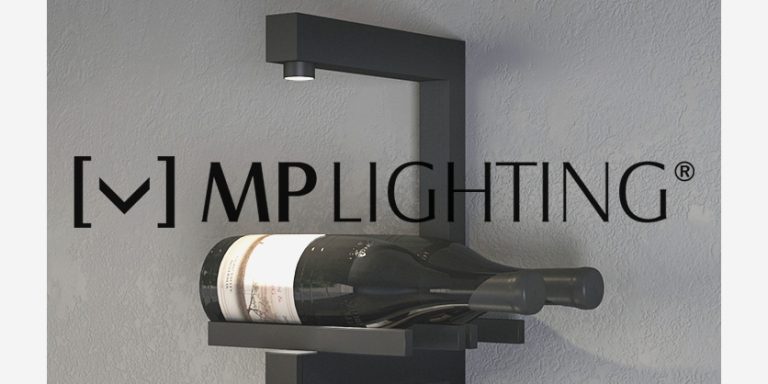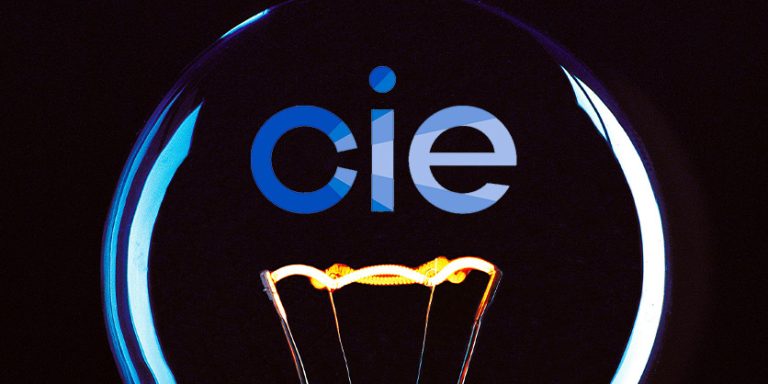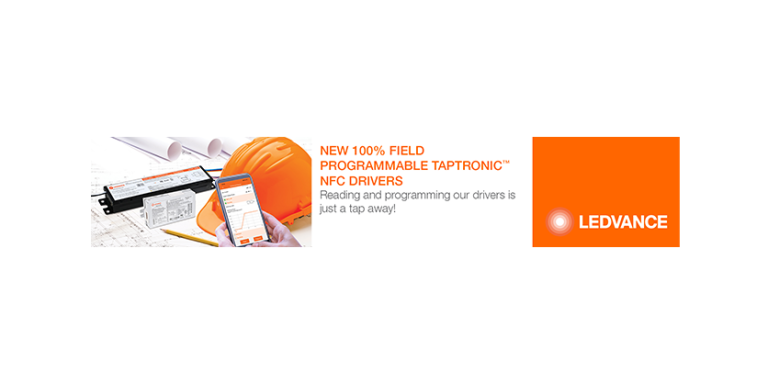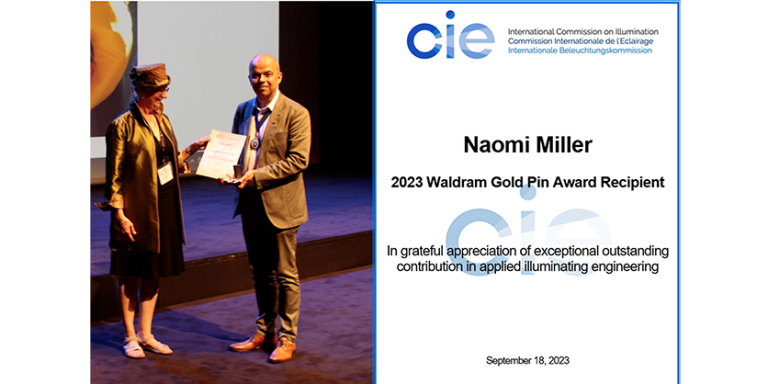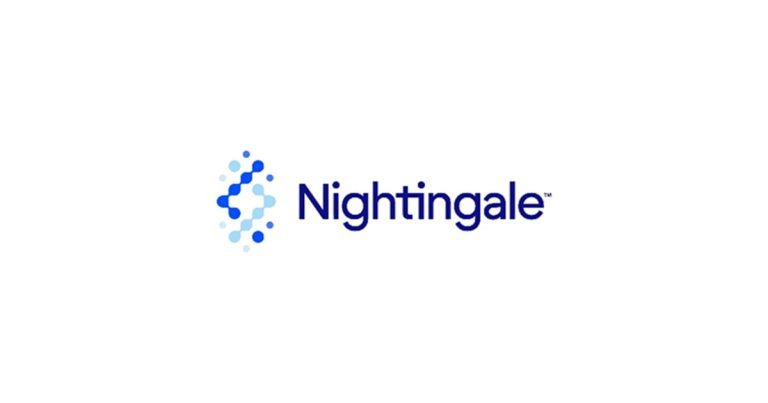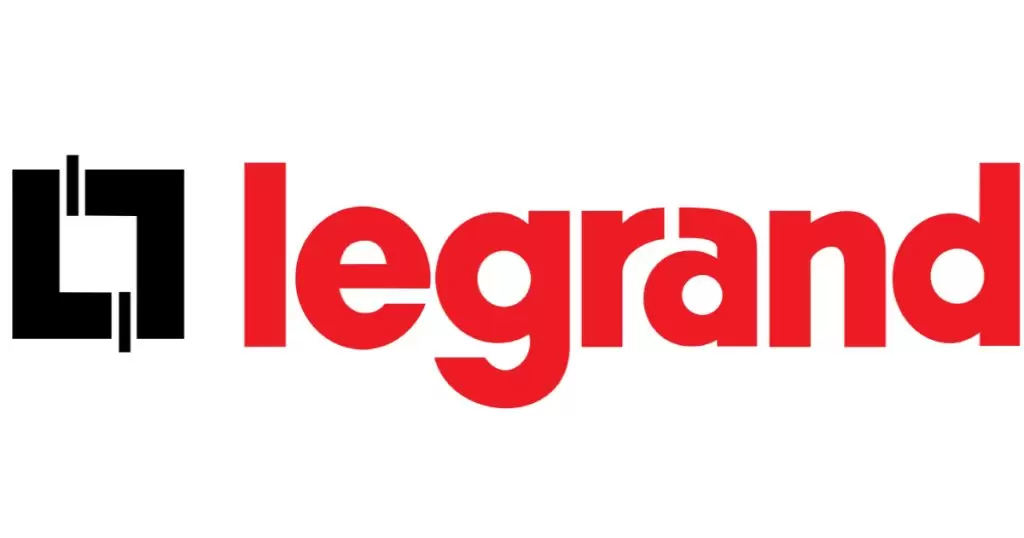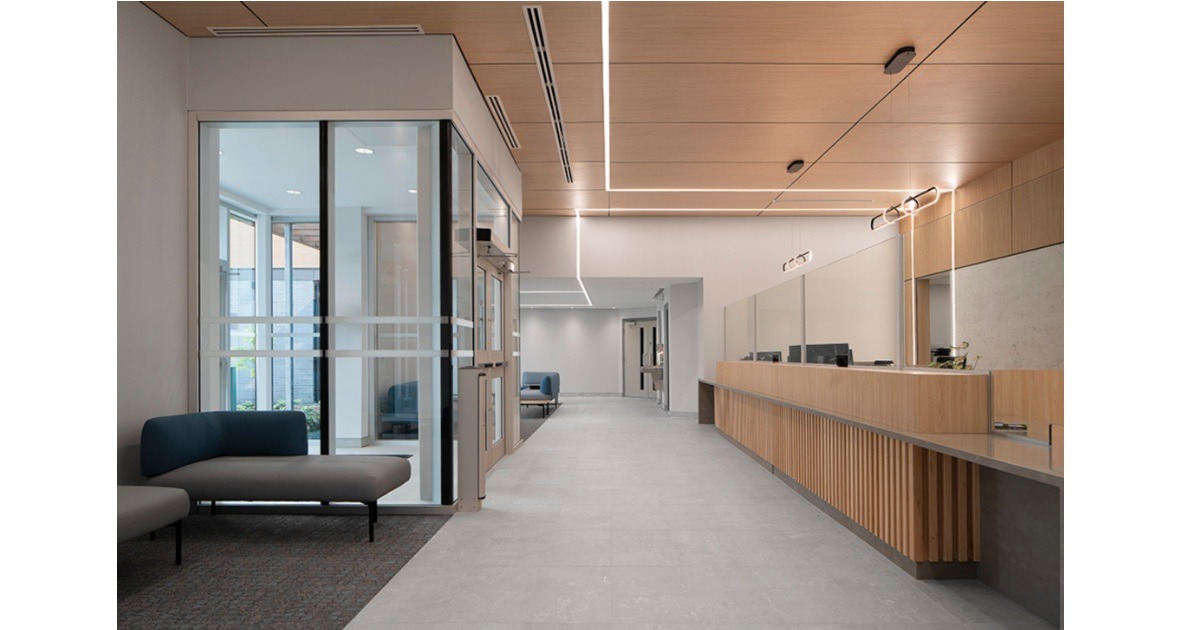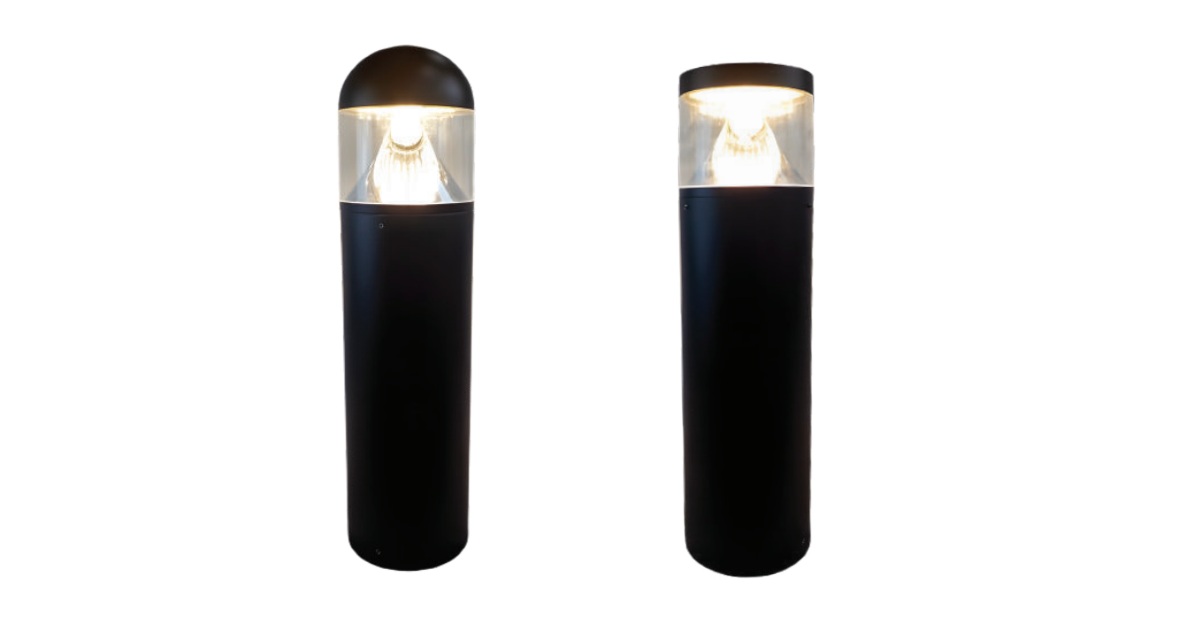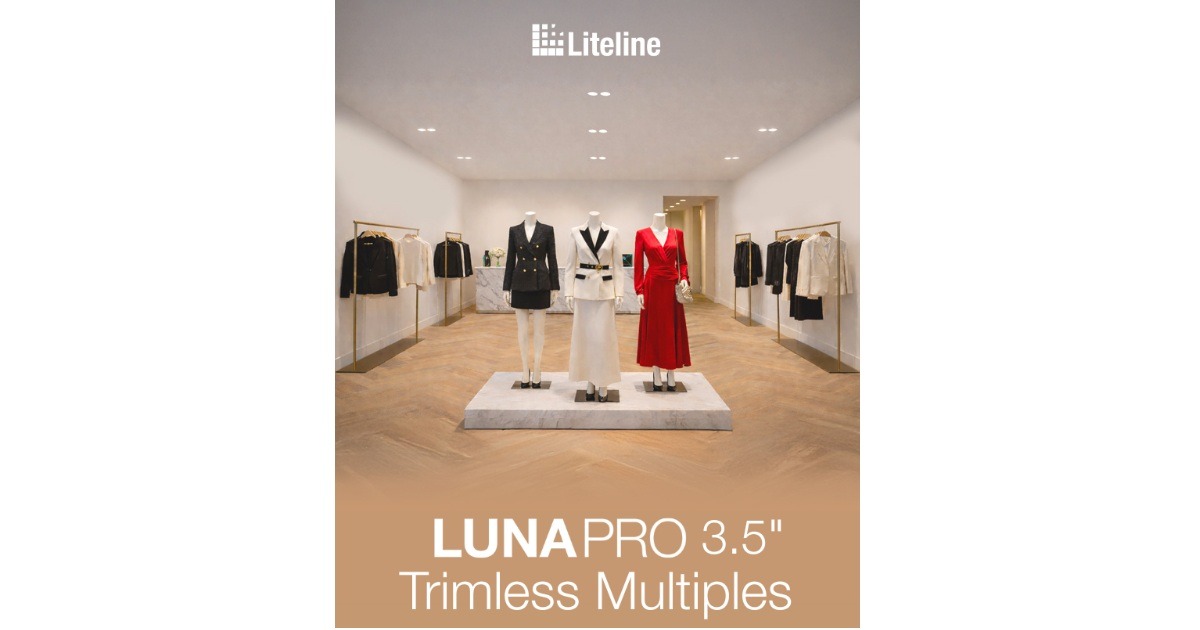IES Report on Human and Environmental Effects of LED Community Lighting
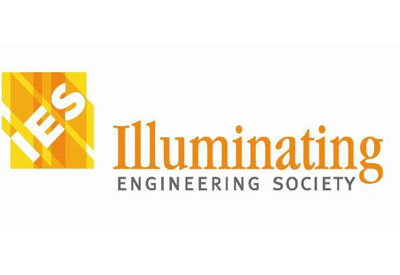
July 6, 2017
The American Medical Association (AMA) Council on Science and Public Health (CSAPH) has issued two reports related to nighttime lighting since 2012. The 2012 AMA Report CSAPH 4-A-12 report, Light Pollution: Adverse Effects of Nighttime Lighting, resulted in AMA Policy H-135.932, noting in particular the “need for further multidisciplinary research of occupational and environmental exposure to light-at-night”, the recognition of how interior lighting and the use of electronic media affect sleep disruption especially in children and adolescents, and the need for work environments operating in 24/7 fashion to have employee fatigue risk management plans in place. The IES supports the 2012 AMA Policy H-135.932.
In June 2016, the CSAPH issued Report 2-A-16, Human and Environmental Effects of Light Emitting Diode (LED) Community Lighting, which was accepted by the AMA House of Delegates (HOD) and resulted in the adoption of Policy H-135.927, which consists of these three statements:
- Our AMA supports the proper conversion to community-based Light Emitting Diode (LED) lighting, which reduces energy consumption and decreases the use of fossil fuels.
- Our AMA encourages minimizing and controlling blue-rich environmental lighting by using the lowest emission of blue light possible to reduce glare.
- Our AMA encourages the use of 3000K or lower lighting for outdoor installations such as roadways. All LED lighting should be properly shielded to minimize glare and detrimental human and environmental effects, and consideration should be given to utilize the ability of LED lighting to be dimmed for off-peak time periods.
The IES is aligned with the AMA in support of the proper conversion of outdoor area and roadway lighting to LED light sources to reduce energy consumption, with proper optics and shielding to reduce glare and light trespass. The IES further supports the AMA recommendation to consider the ability to reduce light levels during off-peak periods.
The IES respectfully disagrees with the 2016 AMA Policy H-135.927 Statement 2 and the first sentence of Statement 3 specific to limitations on spectral content for outdoor area and roadway lighting. We want to emphasize, that while the principal motivators for the AMA report are understandable, the CSAPH 2-A-16 report filed as background for these statements does not provide sufficient evidence to substantiate these statements, and a more comprehensive analysis of the public health impacts of outdoor and roadway lighting should be considered prior to adopting policies that could have a negative effect on the safety of drivers and pedestrians. Given the state of current knowledge, it is not possible to weigh the probabilities of health care concerns regarding light-at-night and its effect on sleep disruption from outdoor and roadway lighting against the needs of nighttime driver and pedestrian safety, but such deliberations should precede any policy statement that affects both concerns.
The IES also disagrees with 2016 AMA Policy H-135.927 on the basis that Correlated Color Temperature (CCT) is inadequate for the purpose of evaluating possible health outcomes; and that the recommendations target only one component of light exposure (spectral composition) of what are well known and established multi-variable inputs to light dosing that affect sleep disruption, including the quantity of light at the retina of the eye and the duration of exposure to that light. A more widely accepted input to the circadian system associated with higher risk for sleep disruption and associated health concerns is increased melanopic content, which is significantly different than CCT. LED light sources can vary widely in their melanopic content for any given CCT; 3000 K LED light sources could have higher relative melanopic content than 2800 K incandescent lighting or 4000 K LED light sources, for example. Common household incandescent lighting could therefore have significantly higher melanopic dosing than 3000 K outdoor or roadway lighting at night due to relatively higher melanopic content, higher light levels and longer durations of exposure. For all the listed reasons, the upper CCT limit of 3000 K contained in AMA Policy H-135.927 lacks scientific foundation and does not assure the public of any certainty of health benefit or risk avoidance.
The Illuminating Engineering Society is the American National Standards Institute (ANSI) Standards Development Organization for illuminating engineering. Our standards development process is based on the consensus of technical committees that serve the lighting profession and general public, and are not bound by AMA policy. The IES is committed to working with the AMA to address these concerns and invites AMA participation in IES technical committees. We believe that multidisciplinary research of occupational and environmental exposure to light at night is necessary, and we encourage collaborative deliberations with contributions from both organizations to develop Standards for the benefit of public health and safety.

